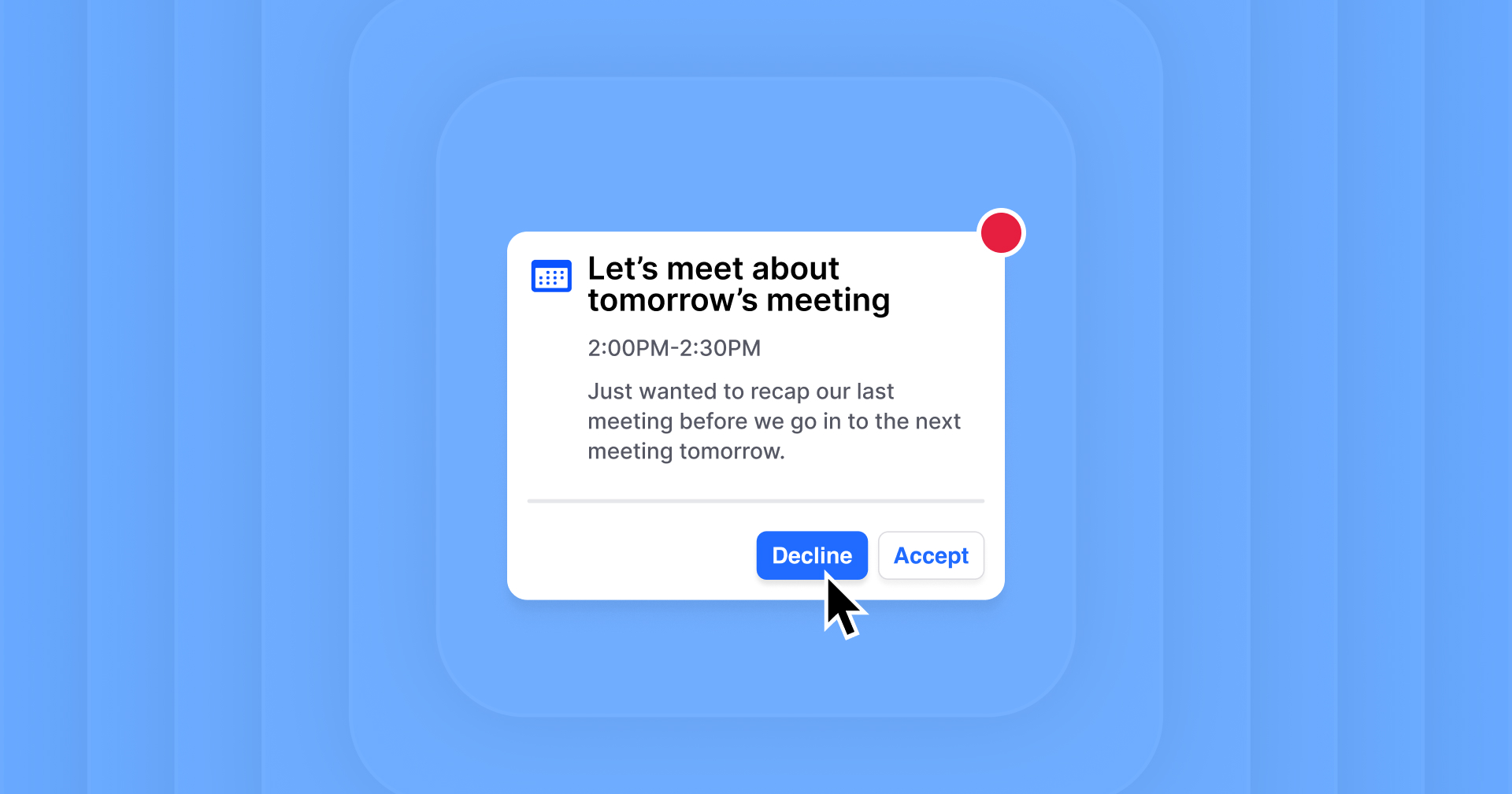Your product’s roadmap should be driven by Sales
The thought of having a Sales-driven roadmap probably seems sacrilegious, but when Sales and Product combine their powers, the customer and your business wins.
By Connor Sears in

If you feel an immediate objection to this headline, we don’t blame you. Any product person (designers and engineers included) is likely horrified by the idea of handing over the prioritization reins to the Sales department—those rogues who will say anything to close a deal! The seemingly rightful ownership of the roadmap is even clearly stated in the name.
But the modern product roadmap is actually most effective when it combines the two worlds. The Designers and Engineers are the source of what’s being built and how to build it, but no one knows customer needs like Sales who are on the frontlines. While Product teams might fight tooth and nail to avoid prioritizing based on the whims of a deal, there’s often valuable intel gathered by the Sales team that never seems to surface or impact Product’s plans.
The friction might be understandable, but this tug-of-war is just a distraction from the alignment required to build a better, customer-centric product. There are a few pitfalls holding these teams back from truly collaborating on a better product:
- Separate tools: Most specialized tools are too expensive to share across the entire company, resulting in siloed workspaces that make it even harder to collaborate.
- Feedback is lost in translation: The two teams do vastly different work, so it’s natural for them to speak different languages. What’s clear to one person may be murky to another, especially when feedback is delivered between tools through what’s essentially a game of telephone.
- Different short-term goals: Account executives have looming quotas while designers and engineers are thinking big-picture about systems.
It seems like these two departments couldn’t have less in common, which makes it hard to understand how one could inform the other’s roadmap. But they actually share one very important goal: building the business by creating a great customer experience.
If it’s still hard to wrap your head around, think of it this way: Because Sales is on the front lines with the customer everyday, a Sales-driven product roadmap is actually customer-driven. And that’s in every team’s best interest.
So, how do we get there?
Use the same tools for sharing knowledge
Of course, specialized tools are necessary for different departments (what would Product do with Salesforce and Sales with GitHub?) but using tools that bridge departments can increase your organization’s cross-functional intelligence.
Un-siloed information leads to more informed employees across the board, who are then more able to translate customer needs as only they can. Salespeople who know what’s coming down the pipeline can breadcrumb exciting new features to customers, helping with retention; Product teams can test and demo features based on feedback, working towards being able to offer what’s being requested.
Shared tools, where Product is able to see customer feedback firsthand, for example, also presents a great opportunity to build empathy. The Product team should be opinionated and informed by intuition, but also by the nuances of customer needs. Having access to feedback, not through third-hand knowledge, but straight from the emotional source builds that empathy right into the request.
It also enables Product to use their expertise to find the true ask within the customer call that a salesperson might not think to dig deeper into—do they really need a password feature or are they asking for something else altogether?
Build systems of automation to share insights between teams
We all have too many meetings on our calendars, and meetings are often the default when departments want to better understand each other. Automation can help us with that. The fewer meetings we have, the more work we can do.
Employees waste hours per day seeking information—either because there are too many sources, or because they’re not sure what they’re looking for. When your tools surface the right information for you, you can get back to the deep work needed to meet your ultimate goal.
And it’s more important than ever to move faster these days. Companies are doing more with less, and the smaller your team the more you need to share information to get the job done. Automated insights flowing between teams is the answer here.
Embrace transparency and align goals
When decisions and the reasoning behind them are made transparent, it’s so much easier to collaborate, which brings us back to the ultimate goal of serving the customer. Combining knowledge bases will only ever create better ideas—more heads are better than one.
And an aligned team is a happy team because they’re working better. The more aligned you are, the faster you can move together in one direction. The decisions can be made faster because everyone is more informed and comes from a place of holistic context.
Reframing the lens of how we work can feel tricky at first, but a simple change from “my team knows best” to “the customer knows best” can change everything.
Putting these solutions into practice, through the right tools and supportive leadership, has so many potential positive impacts on your business. Non-customer-centric models—that old tug-of-war—results in a lot of activity in each department, but not necessarily any movement. At a certain point, you’re rearranging deck chairs on the Titanic.
The more Sales knows, the more they can serve and retain their customer base, and win more deals. The more Product knows, the better they can prioritize their time to create features that meet consumer needs.
When we center the customer, everything else falls away, and we create real impact.
Insights for the modern workplace
Get fresh ideas and practical tips to help your team work better, together. Delivered straight to your inbox.

